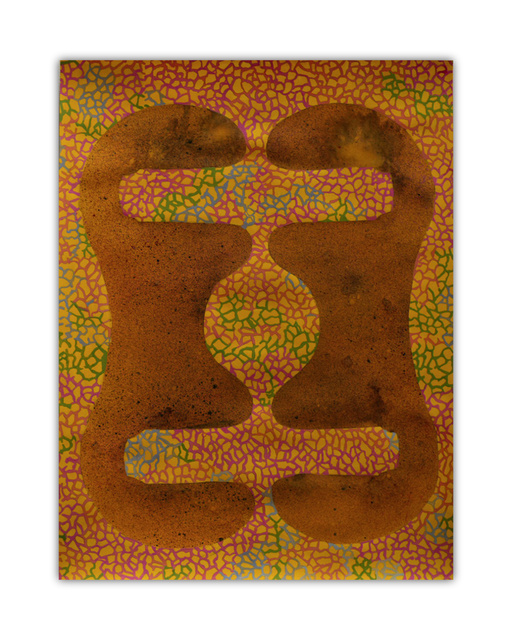Dan Schmidt
Statement
On Dan May, Salem, and me
A life-long friendship with Dan May began in the early 70s when I lived in Monmouth
and first met his classmates, Craig Klyver and Monte Shelton. The four of us briefly
attended the college then known as O.C.E. I transferred from that school to the Cooper
Union in New York but Dan and his work left an indelible impression and we became
regular correspondents. I left Cooper after two years and finished my degree in Salem
at Willamette University. The in-person friendship resumed then and, while I was a
student of Roger Hull’s, I was able to introduce Dan to Roger and his wife Bonnie, who
had only known Dan by the name he then used to sign his work: “Tree Falling in
America.” The Hulls remained close to Dan until the end of his life, the three of them
ardently devoted to Salem and its local “Island” attractions.
Shortly after my graduation I returned to New York but the serious letter writing
friendship continued with Dan. Summer or winter breaks invariably saw reunions of the
two of us in person in Salem, at his work room, The Regionaires Club.
In 1998 I returned to Salem, and had a studio and an apartment where Dan and Craig
and I began meeting to draw together one night a week. The group of three eventually
grew: Brad Ford and Bryan Null came regularly, as well as other visitors like Bonnie
Hull. But Dan had so many in his life: around him, one always felt singularly important
but the circle of his significant friends was actually huge.
In 2004 I married Helen Atsma and these last 19 years we have made our life in New
York. The inspiration of Dan’s work and faithfulness of his writing kept us in touch as
friends and artists. In a conversation a week before he passed, in which my aim was
simply to say goodbye, Dan wanted to talk about a forthcoming show of my work in
New York--how many pieces, what size, where, etc? My untitled piece in the current
exhibit has a pattern in the background from an ancient envelope Dan found for me.
Our work was each others' most direct expression of understanding.



